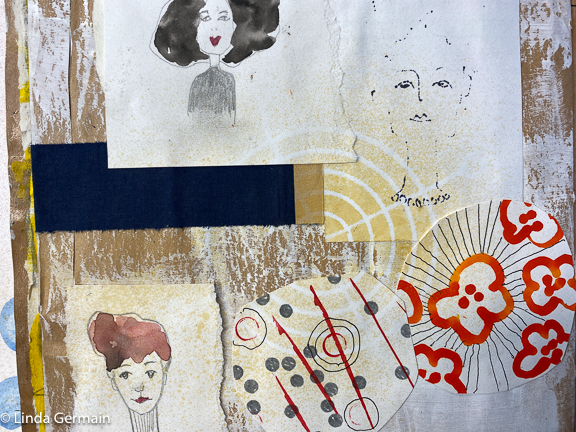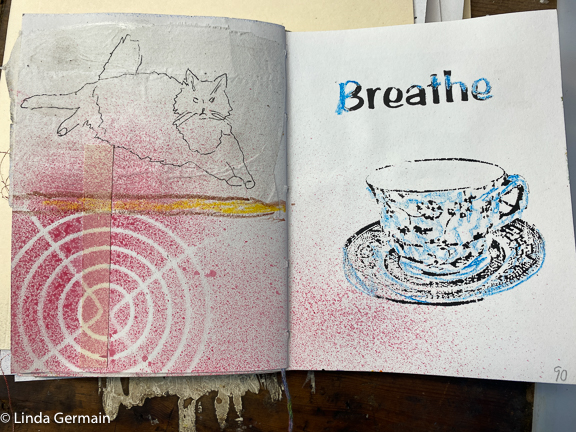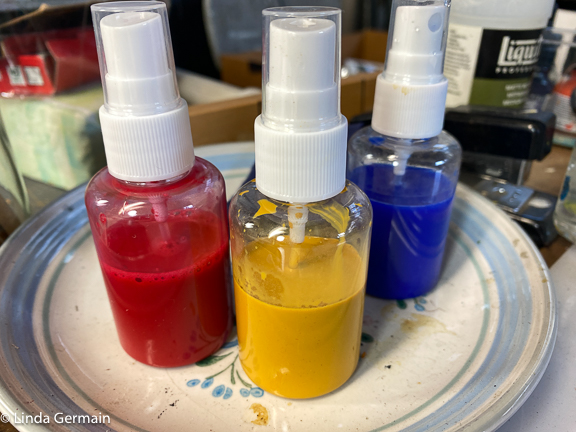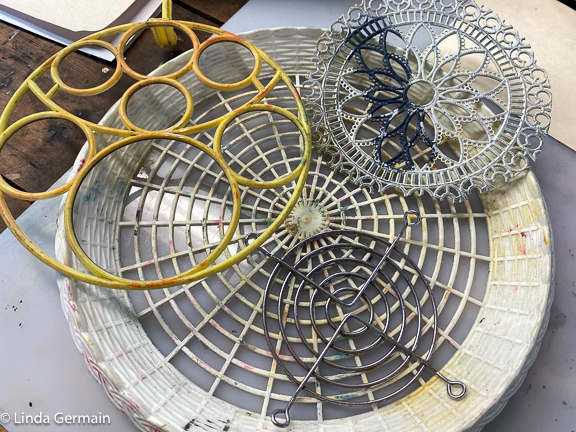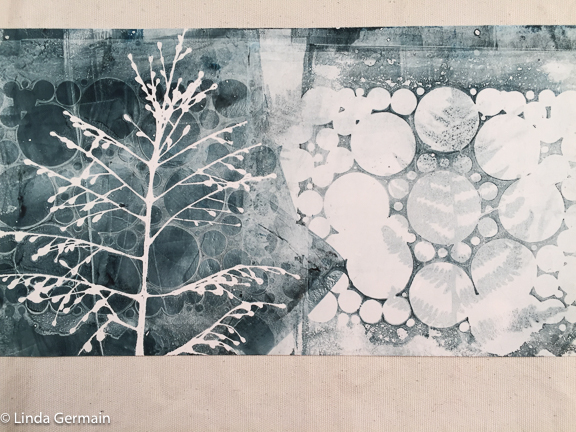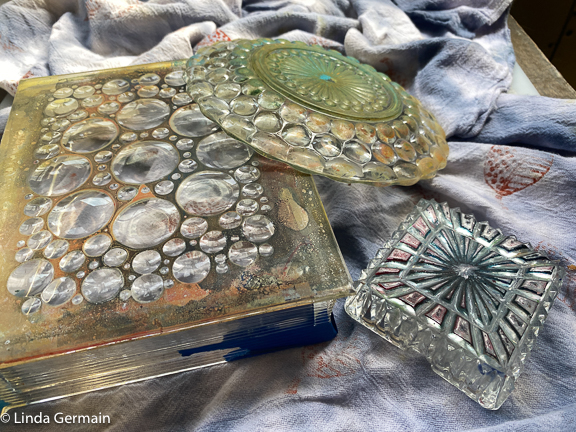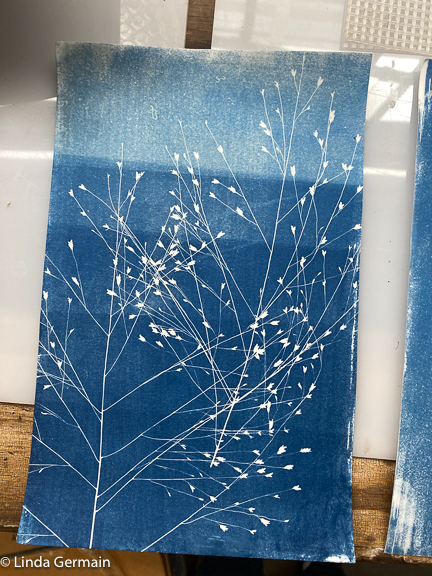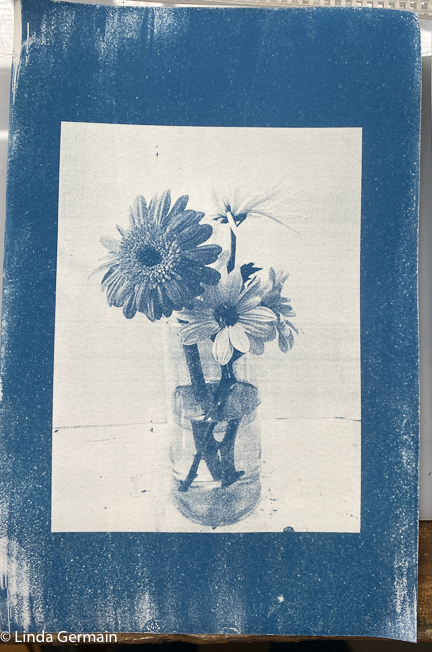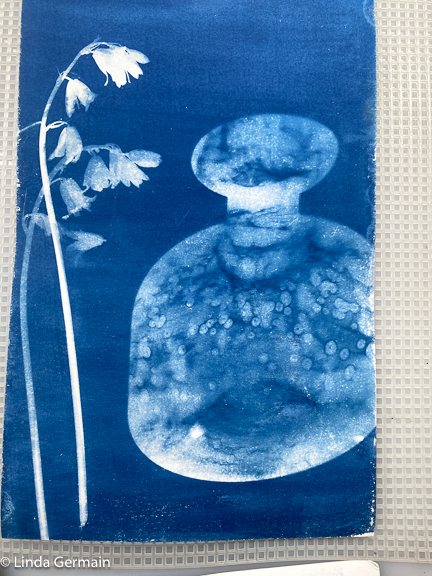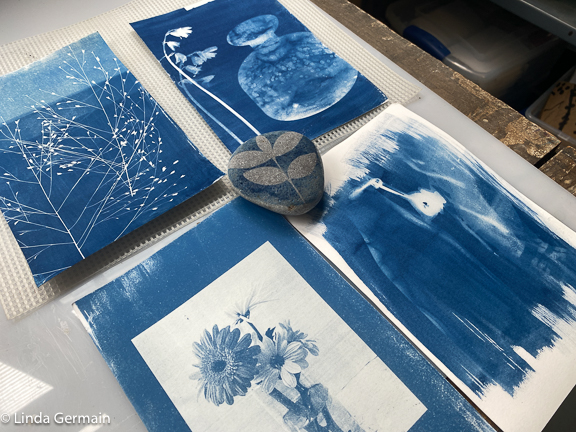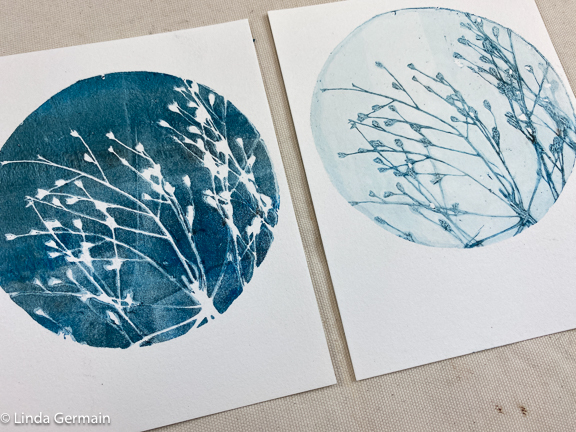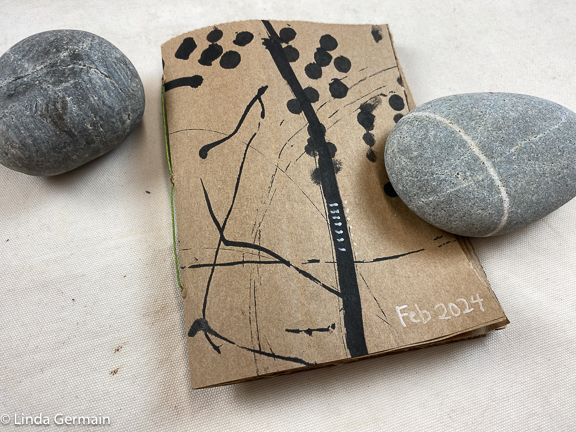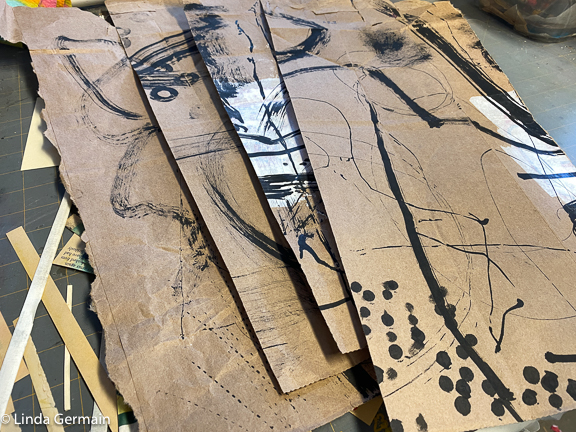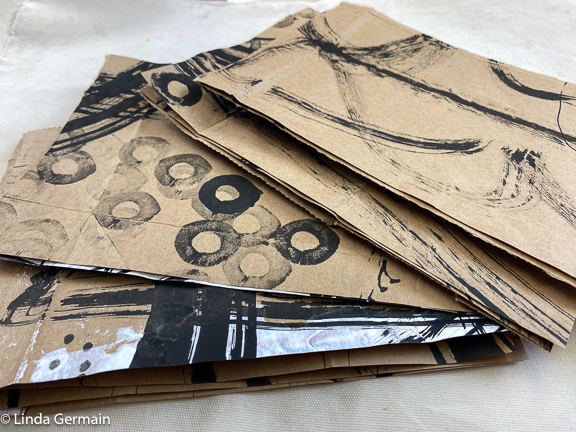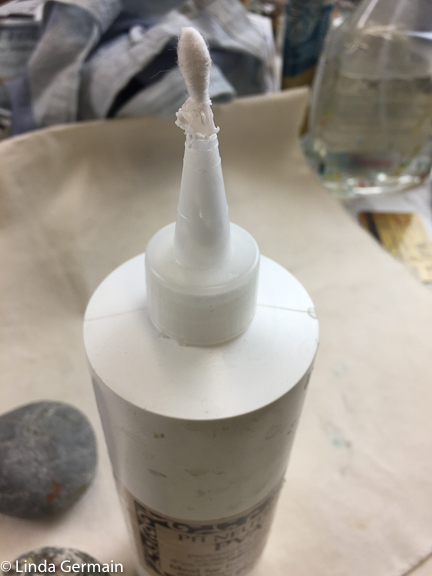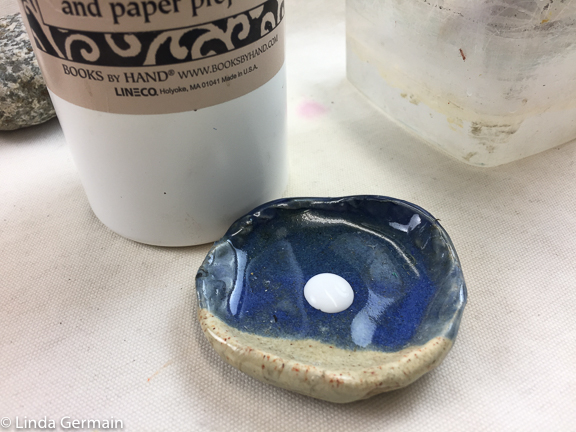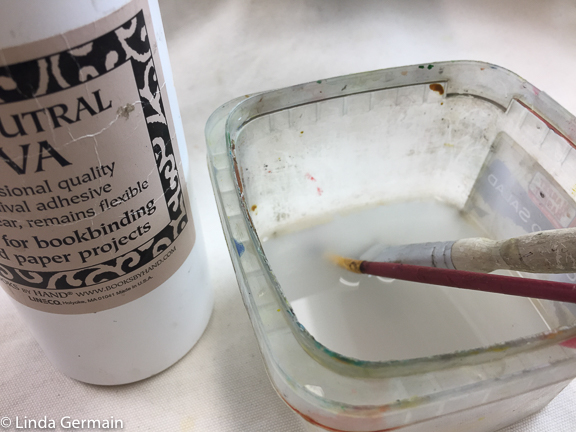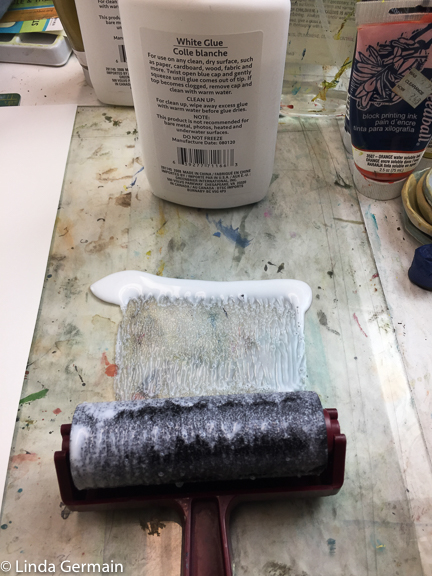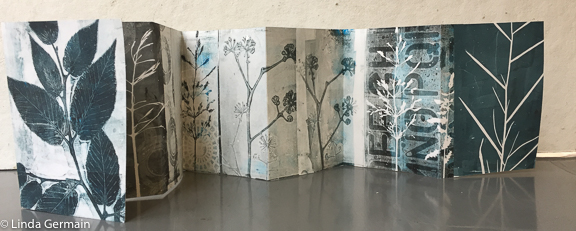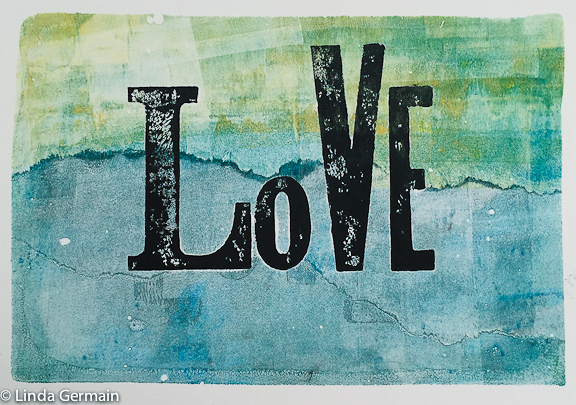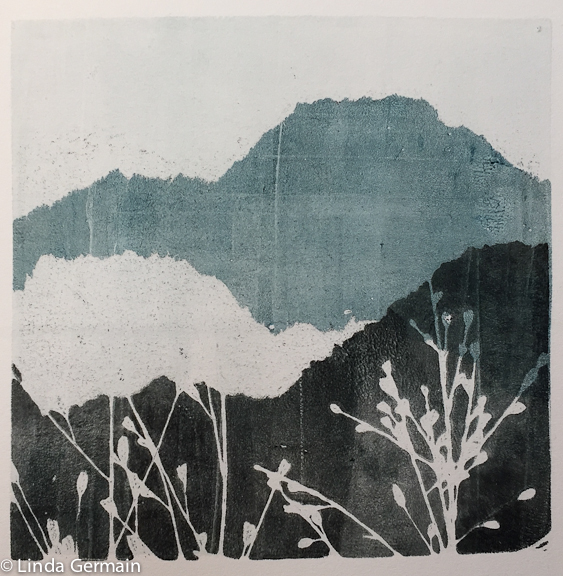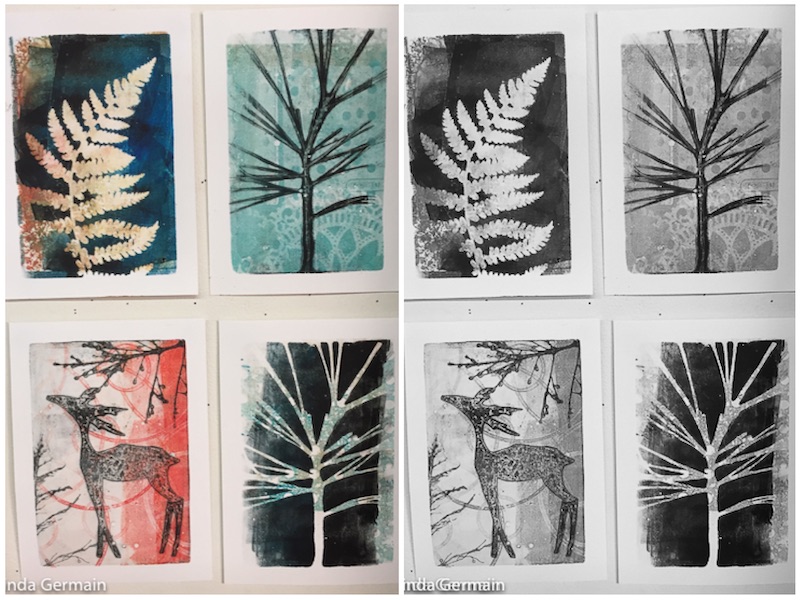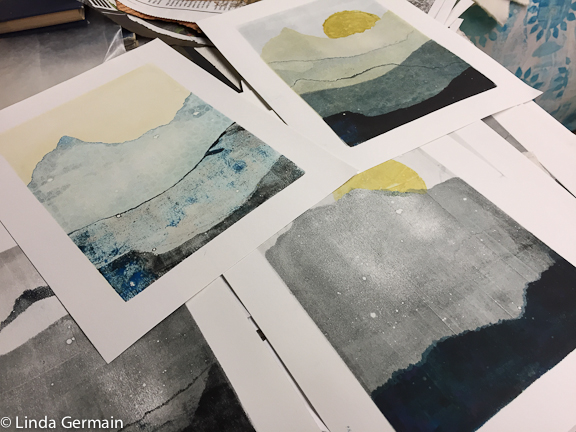Just Make Marks
I am learning that it is enough to just make marks. Joyful marks are even better.
Sometimes I can get caught up in needing to know why. Then I usually get stalled by the thinking in my head.
The thing is when I just make marks and then more marks and then even more the result is a piece that is uniquely mine.
There is plenty of time in the domain of not knowing. There is some time when the marks seem precious.
When I can accept these states:
- not knowing
- dissatisfaction
- preciousness
- exploration
then I often get to a place of discovery or satisfaction.
My new favorite mark is spraying pigment through found “stencils.” I diluted watercolor and put the mixture into a small spray bottle.
If you try this method be sure to protect your table from the over spray. I love how fast it dries and how transparent the layers are.
All my classes are about mark making of some sort. See if there is one class that interests you.
